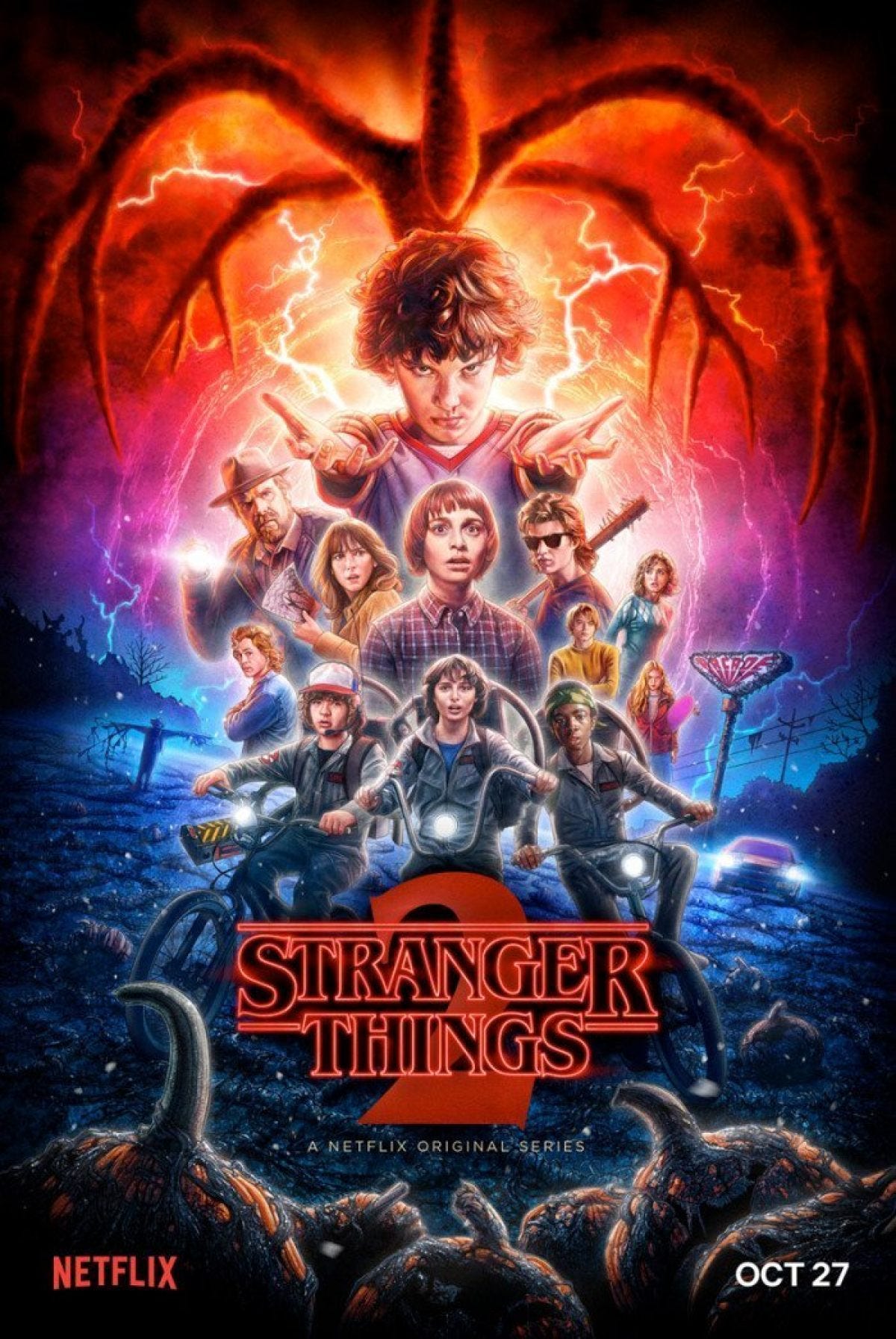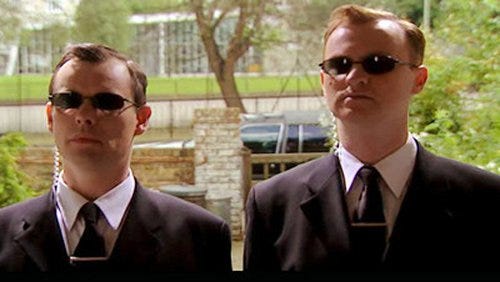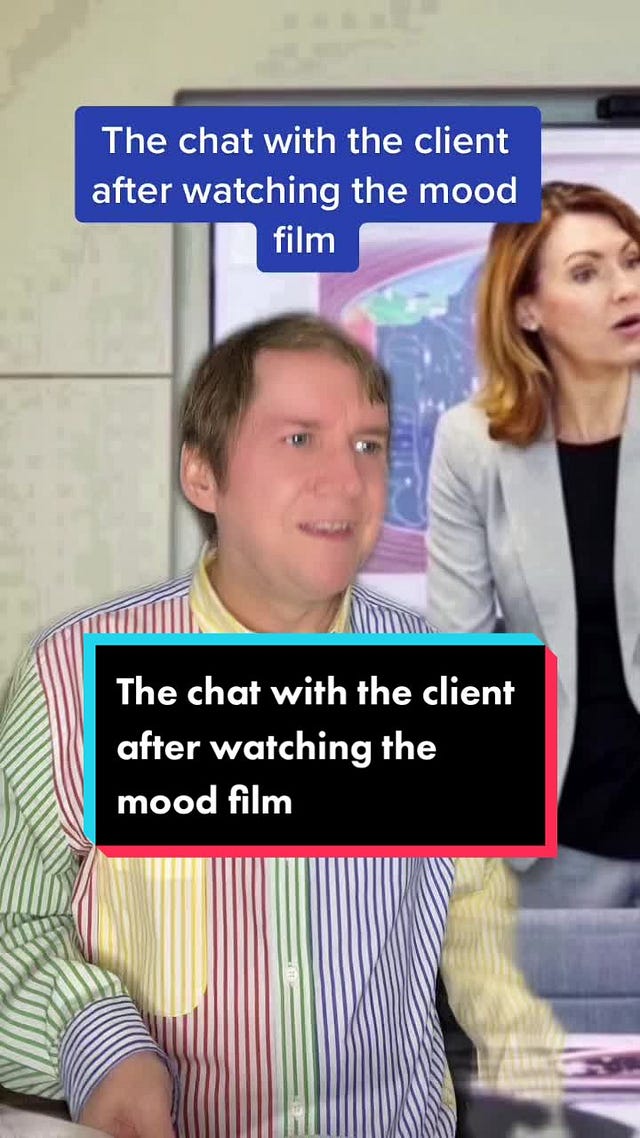I've always thought of pastiche as a negative word. If you do a pastiche of something, it's a poor imitation. A poorly photocopied page from a book. Not quite a parody, but not far off.
Like so many other words, I've had that definition all wrong.
According to my best friend, the dictionary, a pastiche "imitates the style of previous work". It can also be "a composition made up of selections from different works". It's celebratory; in literature, pastiches paid homage to the classics by using elements from those works in new settings.
Perhaps the negativity I traditionally associated with the word stems from a feeling that a lack of originality equals a lack of worth. Or maybe it's just the sound of the word itself - pastiche sounds kind of slapstick to my ears. It doesn't sound as grand as "homage" (more on that word later). Either way, I shouldn't have been so harsh on it - I firmly agree with Austin Kleon that any form of creativity comes from stealing elements out of things you like.
And nothing has done this so successfully in recent years than Stranger Things.
Honestly, given the relevance of the sources it pastiches, I feel like the Duffer brothers made Stranger Things with me in mind. I was born in 1980, watched many a Spielberg movie as a kid (Temple of Doom was the first movie I saw at the cinema. I remember it vividly as I sat on the literal edge of my seat, terrified that the old velvet folding chair would flip back, swallowing me with it) and I've read 90% of Stephen King's output.
But the magic of Stranger Things is that it doesn't just imitate; it's also clearly a loving homage to its myriad influences. Back to the dictionary again: a homage is an "expression of high regard"; "something that shows respect or attests to the worth of another". Some of these marks of respect are subtle; blink, and you'll miss them moments. Others are intentionally impossible to ignore, helping to drive the show's marketing - thinking of the young male protagonists dressed up as Ghostbusters for season two's premiere.
But when the homages and pastiches are so in your face, they risk feeling a bit lazy - bad imitations, cruise ship karaoke. One in the most recent series stuck in my mind as it stuck out like a sore thumb from an otherwise delightful watch. (I don't think there are any spoilers here, but if you've not watched all 13 hours of Stranger Things 4 and want to keep your powder dry, probably stop reading now).
Episode 4 features an almost shot-by-shot remake of the first time Clarice Starling visits Hannibal Lecter in Silence of the Lambs. You know, that bit with the line "I ate his liver with some fava beans and a nice Chianti". Why did this sequence feel so awkward and clunky when most Easter eggs and references dotted throughout the four seasons come and go in a burst of warm nostalgia?
I think it's because it's a pure imitation from a single, obvious source. It felt like a cover version that sounds exactly like the original - essentially pointless if you don't add something new or give the source a new spin. Spaced is one of my other favourite shows that heavily samples and references popular culture. What I loved so much about Spaced was how it mixed up its influences and used them in different contexts. One Flew Over The Cuckoo's Nest transposed to a restaurant in North London. A fight scene from The Matrix happening in a pub in the middle of the day.
Maybe the Duffer brothers hold Silence of the Lambs in too high regard to feel like they can remix it or put their spin on it for Stranger Things. But using such an iconic sequence note for note was a rare bum moment in an otherwise excellent (albeit long) season. Musing on that moment over the past few weeks made me think about how we come up with and pitch creative ideas to colleagues and clients.
All ideas come from somewhere. The most common form of creative thinking is to take two entirely unrelated ideas and fuse them to make something great. There are plenty of other approaches, but very rarely is something ultimately brand new - it might just take you a long time to unpick your sources and your inspiration.
When we sell ideas, we often explain our train of thought to help make said idea translate to our target audience. "What if we took the well-understood motifs from p*rn*graphy and applied them to social distancing" is one of my faves. This kind of signposting can be crucial in ensuring your idea lands properly with your audience, be that clients or colleagues.
We often include creative references in pitch documents to aid this translation and ensure shared understanding, particularly for video ideas. Those creative references might be a specially commissioned mood film (if you have the time) or a reference video that visualises what you want to achieve better than words. However, those reference points and mood films can simultaneously create problems as they try to solve them.
Your audience might think your mood film is EXACTLY what the finished product will look like, along with the Kanye West soundtrack. You might need to explain that the budget won't stretch to Yeezy; we'll need some Kanye West "inspired" stock music instead.
Or, as once happened to me, you might include a well-known reference video from popular culture that creates unrealistic expectations in people's minds. They love the reference so much that they end up not just wanting a pastiche or a homage to that piece; they want that exact piece.
That example stems from a pitch at an old agency to a well-known energy drinks brand. The brand positioning was all about helping people alleviate the afternoon slump. Our idea was to create a video series that would drop weekly at 3pm (the "scientifically" proven time when your slump was at its worst) to give people a pick-up alongside their sweet, fizzy drink. The target audience was young professional office workers, so I included a clip from The Office in the pitch deck in a stunningly unoriginal piece of thinking.
Specifically, the UK Office, series one episode one, where Tim puts Gareth's stapler in jelly. Cue much laughter in the pitch, and boom - we're on board for the project.
The challenge came in the creative development, where we tried to remake The Office for YouTube - taking a show built on mood, atmosphere and character development and translating it into a two-minute piece of branded video. Oh, and we did it totally on the cheap. So cheap that 50% of the actors were staff from my agency at the time - including me. It wasn't the award-winning creative campaign I had in mind.
Looking back on it with the benefit of hindsight, we'd gone too much down the "Stranger Things does Silence of the Lambs" route. Our creative inspiration ended up being a creative albatross around our necks. There wasn't enough variety in our sources, and we'd created unrealistic expectations of what we'd be able to achieve.
The tightrope we need to walk is showing enough of what inspired our thinking to give the idea strong roots and make it easier to understand without showing all our thinking and providing one hero reference that our audience gets fixated on. We need to create feelings, moods, and a sense of place that feels instantly recognisable without being pinned to one particular source. Ideally, your audience will pick their reference from your idea.
For DFS's sponsorship of Team GB at the Tokyo Olympics, we pitched "Armchair Athlete". A social video series based around getting Team GB athletes to compete in competitive games you could do from the comfort of your sofa. We were thinking Takeshi's Castle vibes - slightly ridiculous and Japanese. The client saw it more in a Taskmaster vein. Both were right, and neither was wrong - the construct was broad enough to cater for those different interpretations.
Great communications ideas and concepts need that breadth - brand campaigns are rarely in the business of straight remakes. The best work mixes up its influences from various sources - that mix can't be totally random, or the end product will lack harmony. And you need just the right amount of inputs, or else you'll create the dreaded Frankenstein's monster of too many ideas mashed together in one place. It's a process of alchemy, and as with Stranger Things, it might be a process you don't always get 100% right. But you'll know it when you see it because the best blends, the most compelling pastiches instantly feel right and make sense for everyone who sees them.







